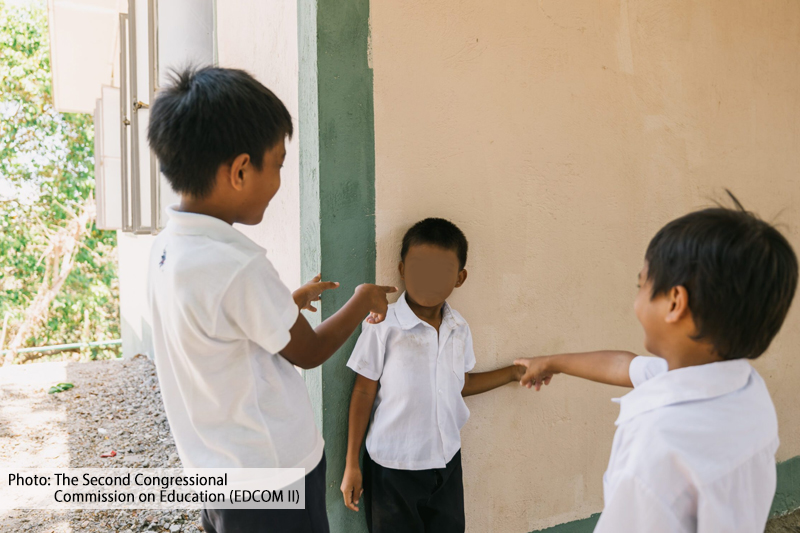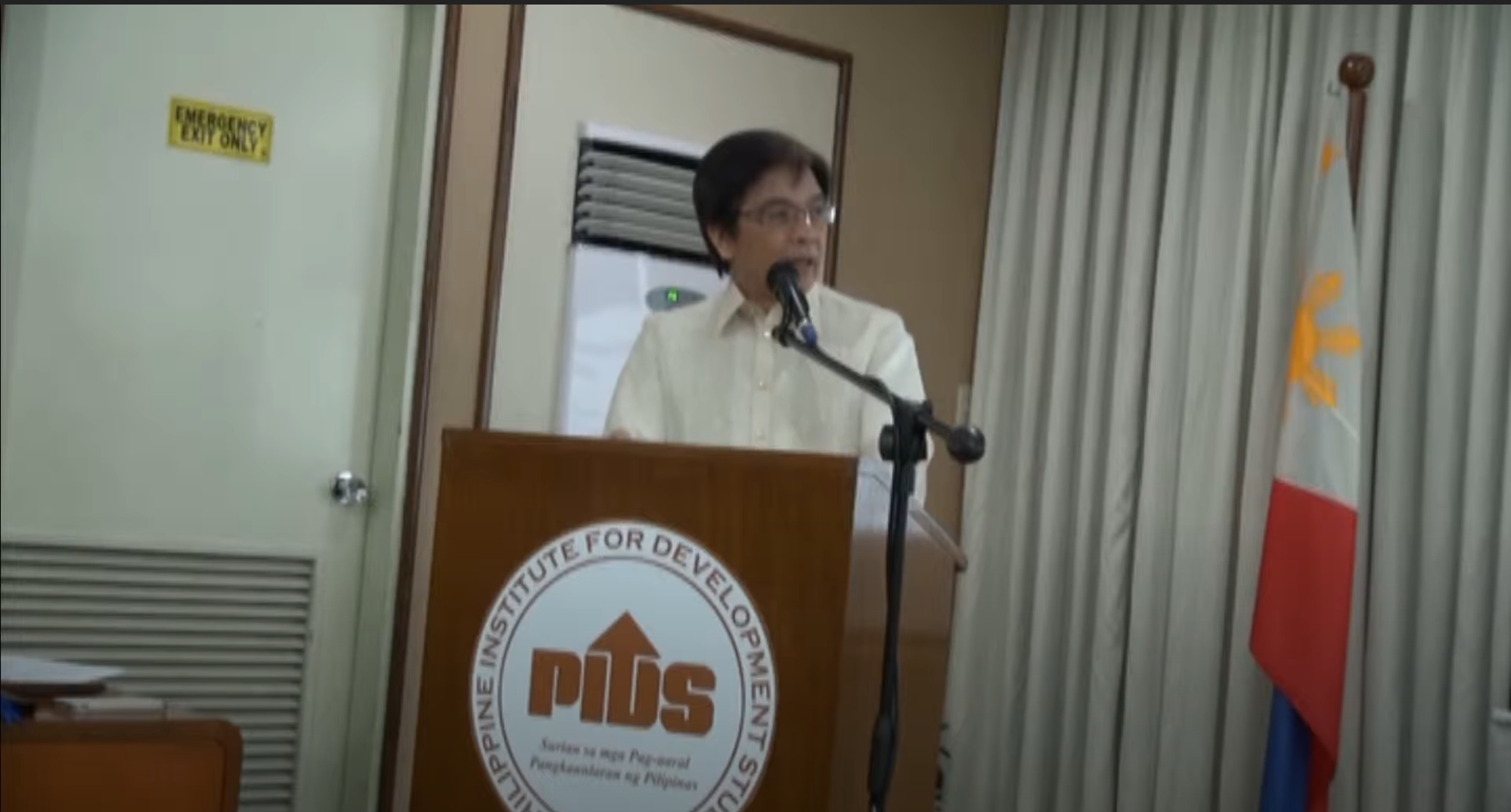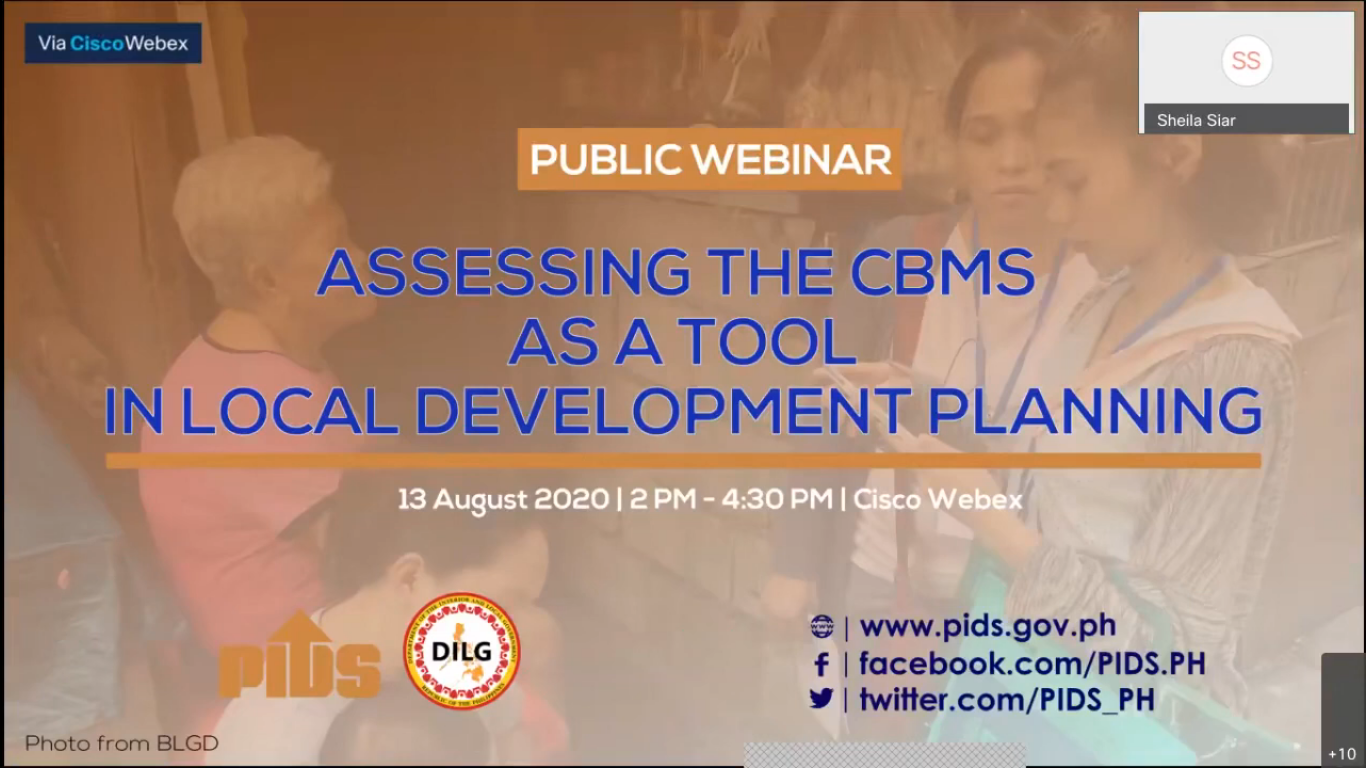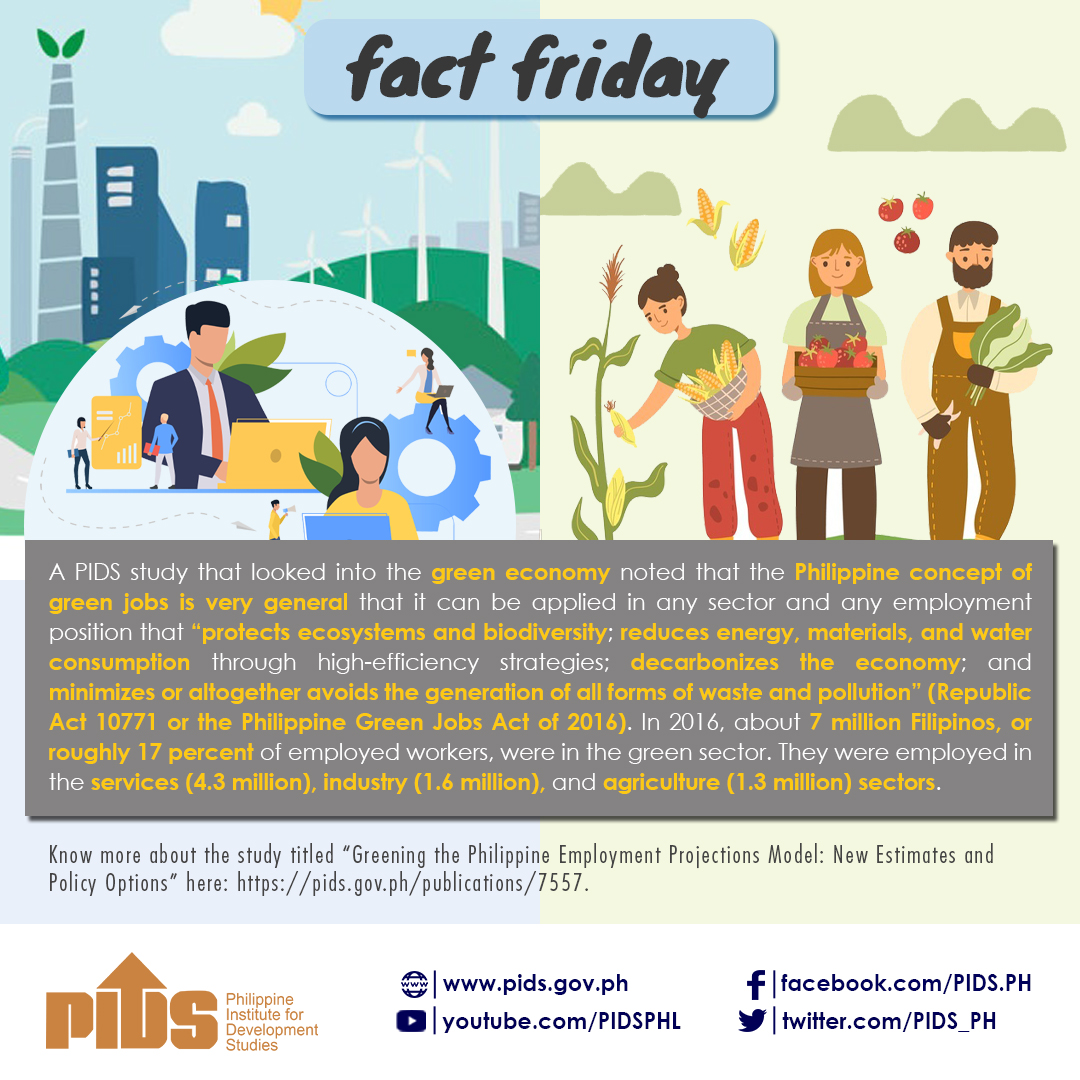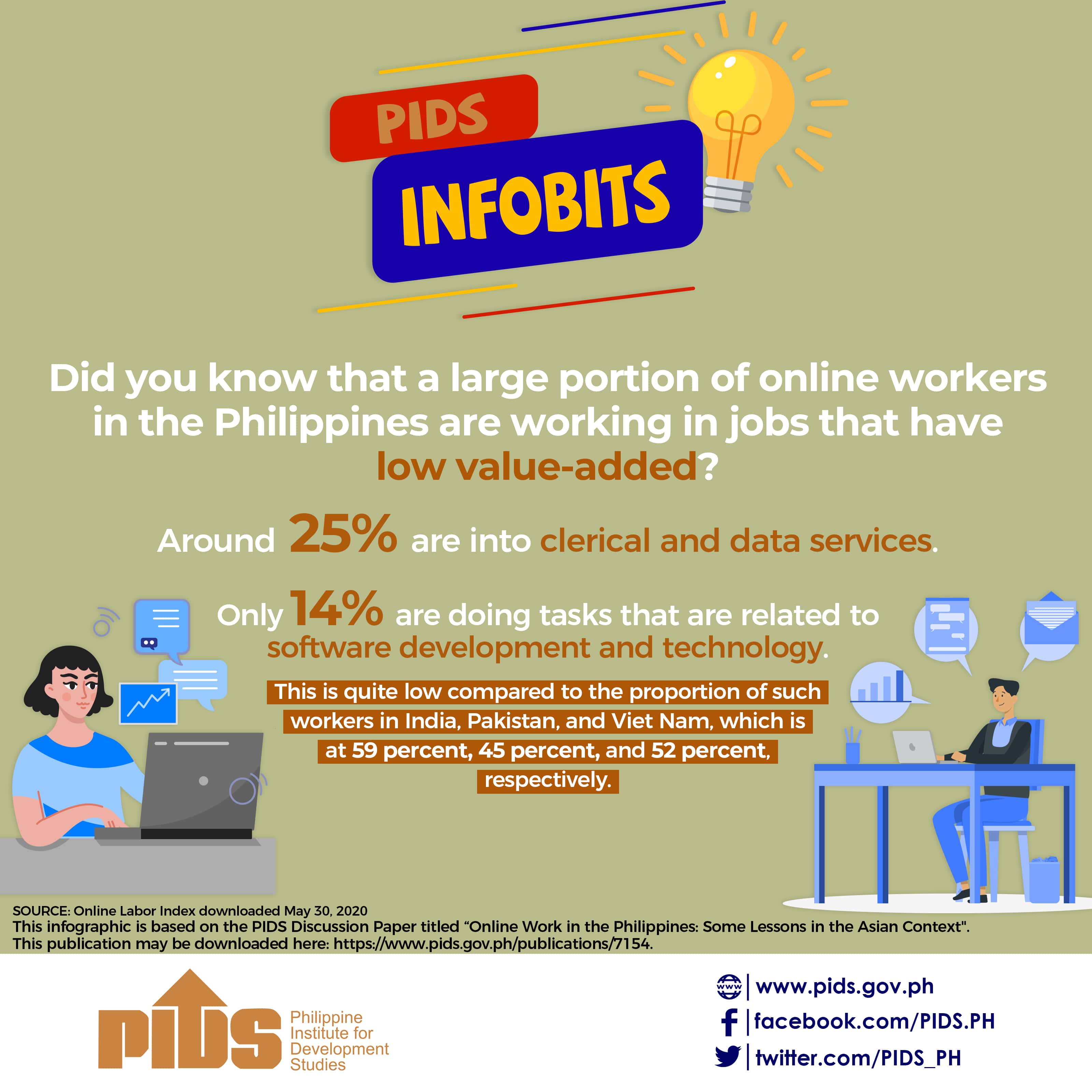Recently, Oxfam and Development Finance International (DFI) released the latest Commitment to Reduce Inequality (CRI) Index, which gauges the performance of countries in bridging the gap between the rich and poor according to three main dimensions or pillars — public services spending, the progressivity of taxation, and labor policies.
The CRI index was first run in 2017 in support of the global adoption two years prior of 17 Sustainable Development Goals (SDGs), one of which is on reducing inequality within and among countries (Goal 10). At the time, Oxfam was already sounding the alarm on a global inequality crisis characterized by a situation where only eight individuals owned as much wealth as the poorest 3.5 billion people.
With the most recent version of the index, the highlight was more on how the Covid-19 pandemic actually deepened or exacerbated this inequality crisis. Utilizing data from 2020 to 2022, the latest index covered the performance of up to 161 governments and showed that most were unable to mitigate the grave effects of the pandemic on poverty reduction and anti-inequality progress.
For instance, according to the report, roughly half of low- and lower-middle-income countries actually cut their health spending throughout the pandemic. Meanwhile, up to half of all the governments covered cut social protection spending, while up to 70 percent reduced their public expenditures for education. Notably, while the economic downturn meant that governments had difficulties keeping tax revenues up, 143 out of the 161 countries did not raise tax rates on the rich. In fact, despite significant increases in the incomes of the wealthy, 11 governments actually cut their taxes. On the other hand, some two-thirds of the countries covered did not increase their minimum wages in line with expanding gross domestic product (GDP).
Unfortunately, the Philippines’ CRI performance was dismal, as we ranked 102nd out of 161 globally and 19th out of 25 in East and the Pacific. Furthermore, we were 106th in terms of public services spending, 104th in terms of taxation, and 92nd when it comes to labor rights and welfare. These rankings put us second from the bottom, ahead only of Lao PDR, among the nine ASEAN member-countries included.
Inequality was already of significant concern for the Philippines prior to the pandemic, given that we have long had difficulties with reducing poverty and spreading wealth and prosperity to the countryside. This is not to say however that steps were not taken to address these issues. In the past decade for instance, critical programs and policies were enacted and implemented including conditional cash transfers (which were found by the Philippine Institute for Development Studies to be effective in terms of improving education and health outcomes among beneficiaries), universal health care, and free college tuition.
One area however that needs more attention is on enacting reforms that will encourage investments and structural change in our economy so that more high-paying jobs are created and that better entrepreneurial opportunities are available across the country. We could improve our performance in terms of the pillars listed in the CRI, but if our economy remains unable to create these much-needed employment and livelihood opportunities, then inequality will remain a problem throughout the country. In short, we make good on our commitment to reduce inequality, when we ensure that more high-paying jobs are available for all.




